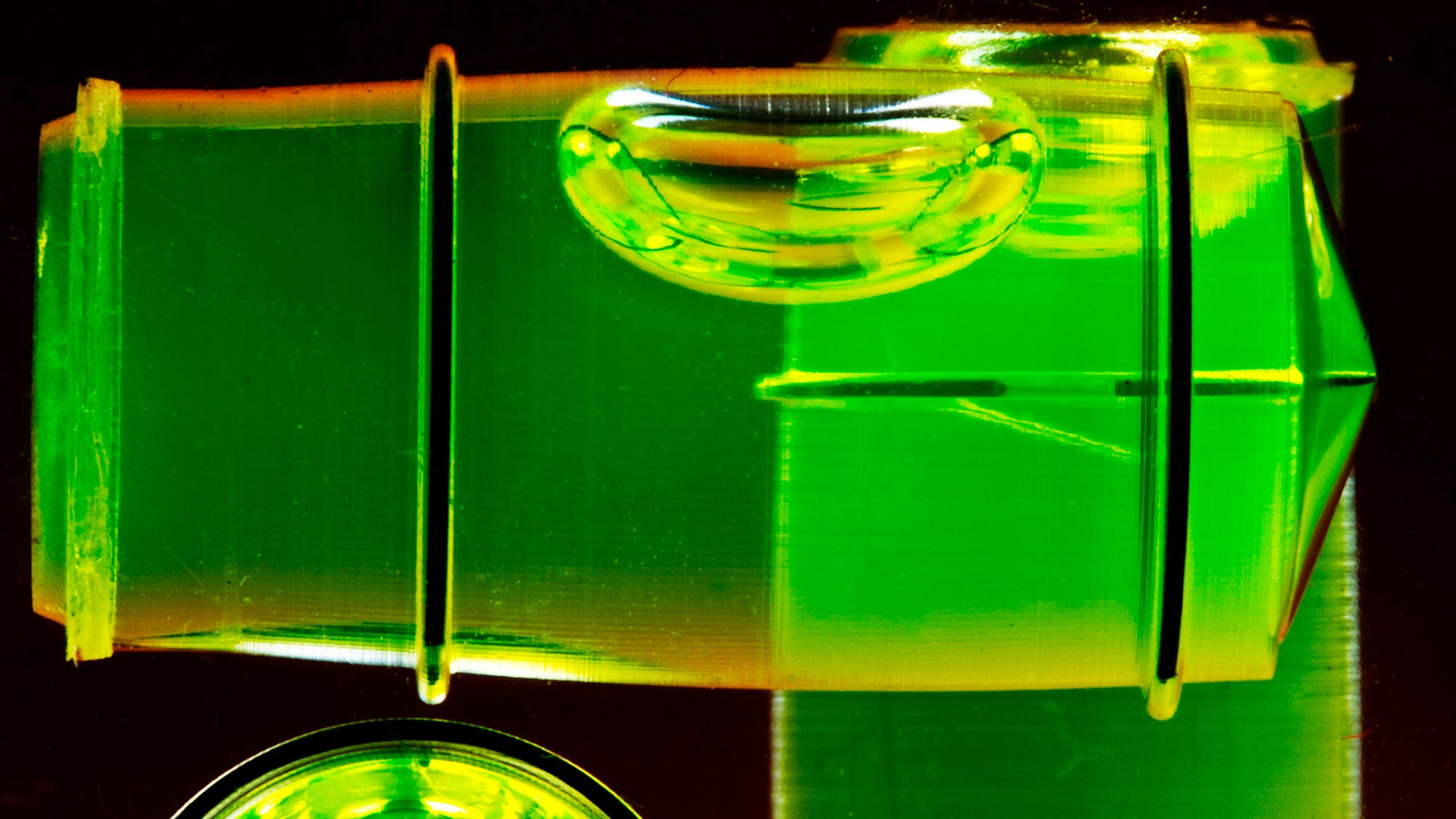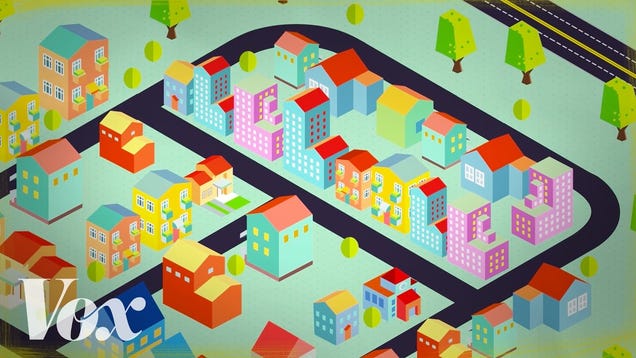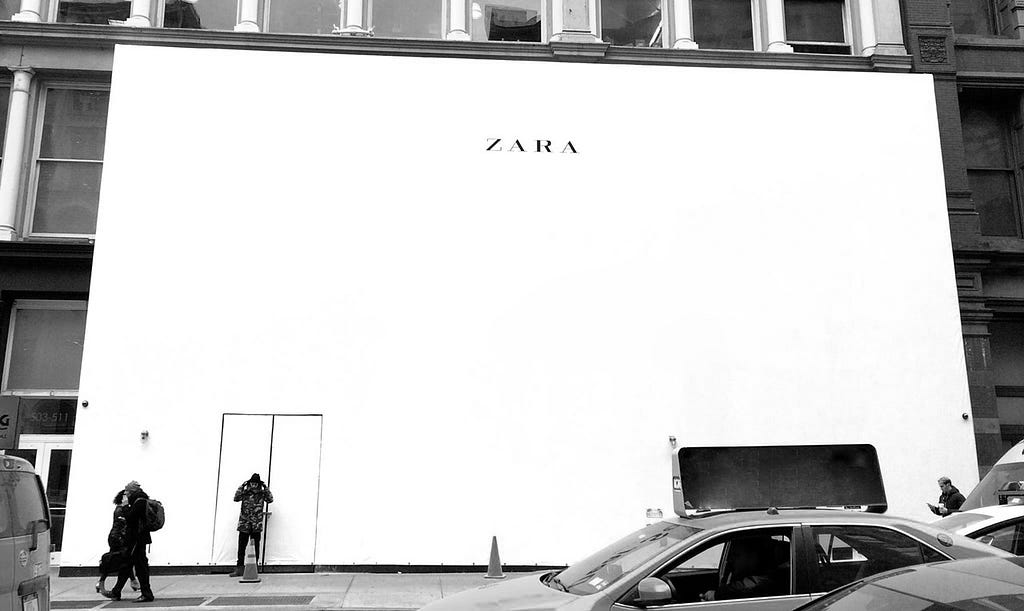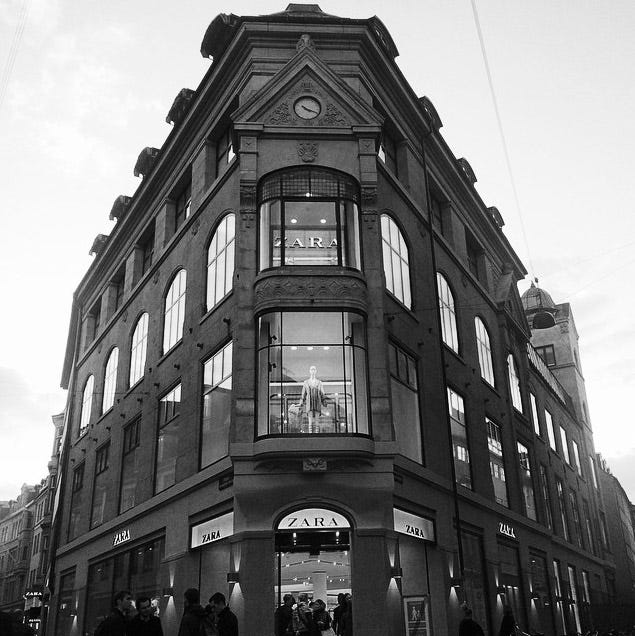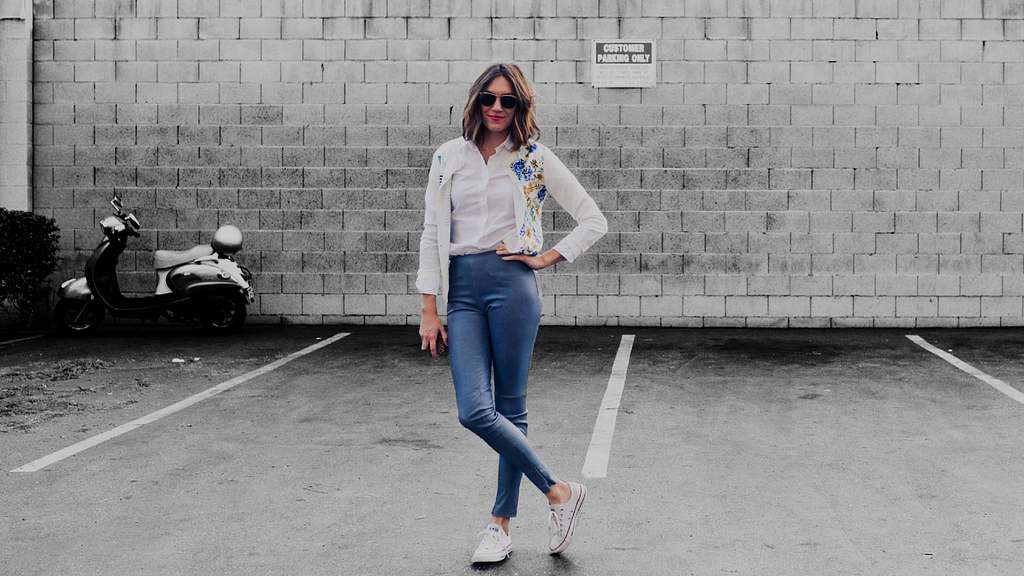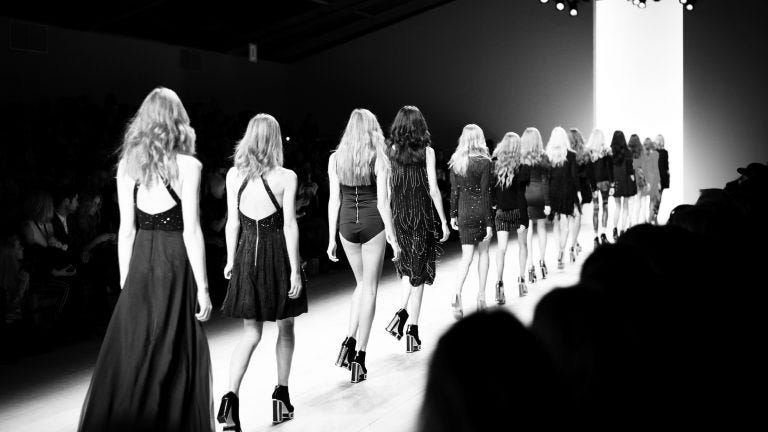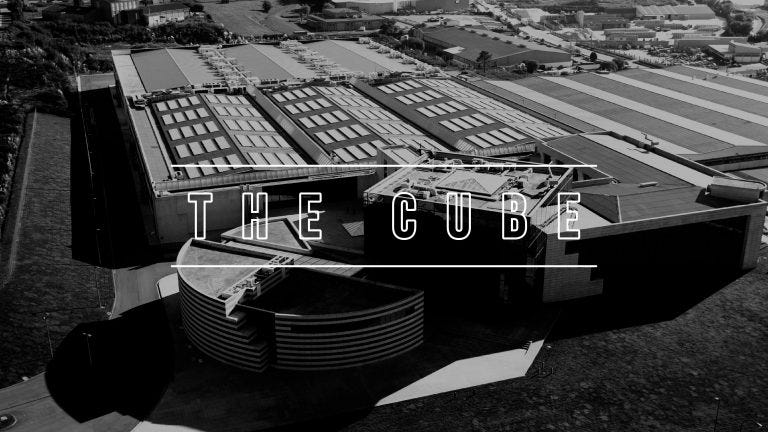I’m a little spoiled. As a product manager and startup founder I’ve been lucky to work with fantastic UX design professionals to launch several successful products and features.
I’ve seen first hand how great products come to life when product management and UX work closely together at the early stages of product development.
But it doesn’t always happen that way.
All too often, product and UX are siloed and don’t have a shared understanding of the customer or the job to be done. Or product and UX don’t collaborate effectively. It’s unfortunate. After all, product managers and UX designers share the same goals, right?
Although product and UX roles often overlap, the skills required from great product managers and great UX designers are different. The way I think about it is that product managers are focused on market requirements and the success of the product from a business perspective. UX is focused on understanding users’ needs and implementing solutions to improve their experience.
Where can things go wrong? Here are some symptoms of a disconnected PM/UX relationship and a few ideas of what you can do to fix them.
1. UX isn’t included in customer discovery
To me, the most important part of product management (and the most fun) is customer discovery—determining the customer’s jobs-to-be-done, the product’s value proposition, the minimum viable features, and so on.
So why is it then that so many product managers conduct customer discovery and then throw their learnings over the fence to “the designers”?
Isn’t it equally important for UX to understand customers’ motivation and pain?
“UX designers must understand customers’ motivation and pain.”
At a previous company I helped validate and launch a major new service. We were designing the service from scratch, and I was on point to engage with prospective customers to understand what to build. At the early stages our small team included a UX designer to hear the customer needs (directly from prospects), understand the problems, and learn about the solutions we would potentially displace.
Our team began building this customer learning into early wireframes and then prototypes so we could learn iteratively during the validation phase. It also gave us a visual way of engaging with prospects rather than a simple phone interview. This made a big difference.
The result was a cohesive team that launched an innovative service with a design that leapfrogged the competition. The customer adoption exceeded our expectations and I chalk that up in large part to the collaboration between product and UX at the earliest stages.
2. Roadmap initiatives lack UX consideration
In a recent post on our blog, Michael Peach of Pendo wrote that “onboarding requirements and measurements should be included with every item on the roadmap”—the same goes for UX considerations.
UX should not be exclusively separate initiatives, but rather baked into every feature on the roadmap. UX is an ongoing part of the process.
I talk often about how products are built iteratively, but this doesn’t mean that iterative products lack UX consideration. And it certainly doesn’t mean that design is something that you “skin” on a feature after it’s been released. Great design and usability should be baked into the earliest MVP.
“Great design and usability should be baked into the earliest MVP.”
An obvious solution is for leadership to provide an appropriate level of UX resources. If only 1 designer is shared among several PMs and dozens of developers, there will be strain on the process.
Regardless of resources, it’s essential for product to communicate regularly with the UX team as the roadmap is developed and inevitably changes. When product thinks of UX as an important stakeholder, the roadmap is likely to include design as a core part of new initiatives.
3. Product and UX aren’t working collaboratively
How collaborative is the relationship between your product and UX teams? Teams with a continuous exchange of feedback and regular meetings will build better products.
I encourage product teams to involve UX in the early feature discussions. When UX isn’t involved in feature discussions, the UX team won’t feel as much ownership. Or you run the risk of the UX team not being on the same page.
Or even worse, the feature isn’t well received and PMs blame the designers (or designers blame PMs).
“Teams with a continuous exchange of feedback will build better products.”
At ProductPlan, our customers use our software to build visual product roadmaps. So it’s imperative that our product be beautiful and easy to use. In many ways we consider our app to be presentation software. So for most features we integrate UX into our product discovery process as early as possible.
For example, we added a feature to make it easier for our customers to add milestones onto their roadmaps. We involved UX in the early discovery to understand the job that our customers wanted to accomplish. There were many ways the milestone feature could have been implemented and our product team worked iteratively with UX and customers to develop a solution we knew would be great. Today, milestones are one of our most used features in the product.
Product managers and UX should be on the same page and share a common mission—the company’s or product’s strategic goals. If your strategic goals aren’t communicated (or well defined), there will be conflict between product and UX.
When product and UX operate in silos you wind up with products and features that aren’t compelling. I like the way that Melissa Perri phrased it: “Product Management with no user experience design creates functional products that don’t make users excited. User experience design with no product management produces delightful products that don’t become businesses.”
“Without well-defined strategic goals, there will be conflict between product and UX.”
In my experience, the best UX and product relationships are fostered by an entrepreneurial environment where risk is accepted, and a free exchange of ideas is encouraged. Tension is sometimes good. UX should challenge product (and vice-versa).
4. Product and UX are the same person
In some organizations, product and UX are the same person. This is often the case at early-stage companies where dedicated design or UX is a luxury. Look, I’ve done my fair share of wireframes and usability tests, but I know that a dedicated UX pro can run circles around me.
In the past I’ve worked on products and acted as the PM/UX combo. Once we had the resources to hire an UX designer, there were inevitably improvements that could be made—and an open exchange of ideas was encouraged.
If your company or product is further along, your team needs to have dedicated product and UX professionals. Although they may overlap depending on your team’s structure and capabilities, here’s one way of looking at their different responsibilities:
Product:
- Market requirements
- Feature requirements
- Roadmap prioritization
- Set strategic goals and themes
- Roadmap communication and release planning
UX:
- User and persona research
- Wireframes, prototypes, site maps
- Interaction design
- Usability testing
- UI text
There have been a lot of articles written about the ratio of UX to product (or engineering). But more important in my mind is where UX is in the organization. How closely are they tied to product teams? If they are reporting to marketing, or another team disconnected from product management, the collaboration may be strained.
5. “User delight” stories die in your backlog
Most product managers have experienced this at one point: as you prioritize the backlog (or start to cut stories to make a release on time), there is pressure to de-prioritize stories that are “user delight” stories. These might be enhancements or even new features that, when the pressure is on, can take a back seat to bugs and customer requests.
UX designers love to add as much polish to a product as they can fit in during a development cycle. While MVPs and getting a feature out the door is important, product managers sometimes de-prioritize these user stories that are not considered tangible features.
Unfortunately these user delight stories sit in the backlog and never make it into a sprint. After all, how can a PM trade out that “P3 bug” for a slick loading animation your designer has been working on? How does a PM quantify something as amorphous as “user delight” to justify sacrificing some other development initiative?
“Users can tell when your product is made with love.”
While no one story of this nature makes or breaks the user experience, cumulatively they can add up to result in a product with a mediocre user experience. Savvy users can detect this, leaving them with an impression of a cheap or poor quality product. Users can tell when your product is made with love.
After talking with our UX designer at ProductPlan, here are a couple ways you might solve this problem:
- Give your UX designer a certain number of points each sprint dedicated to user delight. These stories are purely aesthetic in nature and dovetail with more functional user stories.
- Bake user delight into each story with a checklist that your UX designer signs off on. This can be anything from animations, to button hover states or clever copywriting. This method requires strict discipline on the part of the team, but ensures a gradual improvement of the experience as opposed to cramming in that extra polish towards the end of a release.
Anything that adds perceived value to the quality of the product will ultimately pay dividends to your user’s experience. And it will simultaneously improve the working relationship between product and UX by demonstrating to your designer that product managers care about design.
Through this collaboration—when product management and UX work closely together—you will build better products. On top of that, a quality product is something a designer can be proud of and this will improve their morale more than anything. Quality products equal happy designers.
from InVision Blog http://blog.invisionapp.com/product-ux-team-collaboration/









